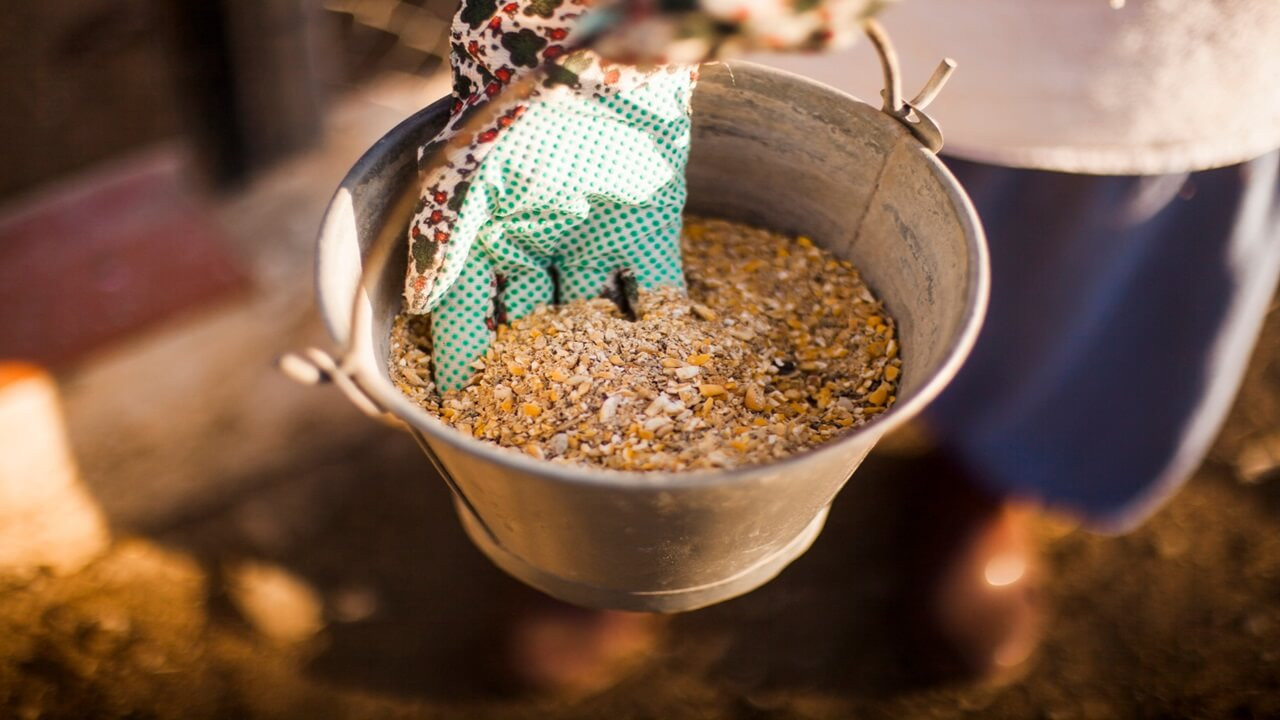
Farm Animal Feed Formulation
November 22, 2025, 8:29 am
A balanced animal feed is one which includes the nutrient in adequate proportions and sufficient quantities to meet the health requirements of the farm animal.
An animal feed containing all essential nutrients in the correct amount and adequate proportion for feeding farm animals is a balanced ration. A ration is the amount of animal feed given to livestock during a 24-hour period.
Farm Animal Feed Formulation
This is the art and science of combining the various ingredients so that an animal’s nutritional requirements are met.
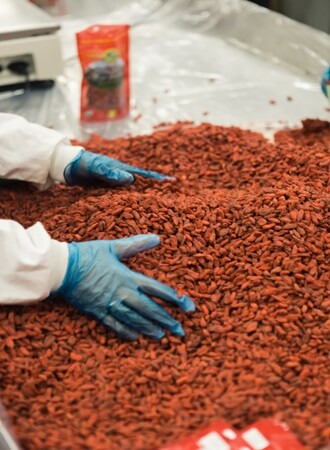
The nutrients used in animal feed are carbohydrates, proteins, fats and oil, fiber, minerals and vitamins. All these ingredients are combined in appropriate quantities to provide a balanced ration for the farm animal.
Essentially, there are two categories of ration:
- Maintenance ration
- Production ration
Maintenance Ration
This is the animal feed that will supply farm animals the nutrients just sufficient to carry out vital functions such as respiration, digestion, heartbeat etc. without the animal gaining or losing weight. Just as nutrient requirements vary from one specified animal to another, maintenance, energies also vary.

Production Ration
This is the quantity of animal feed that supplies nutrients above maintenance ration. Farm animals need production ration to enable them produce milk, wool, egg, meat and to work.
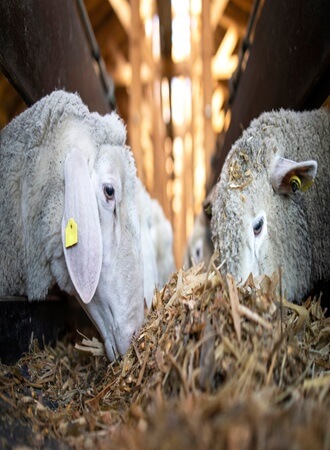
ANIMAL FEED NUTRIENTS
Effective animal feed must contain carbohydrates, proteins, fats and oil, fiber, minerals and vitamins. These nutrients can be supplied through these sources:
Sources of Carbohydrates
Carbohydrates supply energy to farm animals and they can be gotten from cereals, roots and tubers
Sources of Protein
Protein help with cell formation and growth. Protein can be gotten from animal and plant sources.
- Animal Sources of Protein
Fish meal, meat scraps, maggot meal, blood meal, feather meal, earthworms, maggots, eggs, meat, colostrum, termites/insects, liquid or whole meal, poultry offal meal, shrimp head meal, skim milk powder, meat and bone meal etc.
- Plant Sources of Protein
Groundnut cake, soyabean meal, cotton seed cake, sunflower seed meal, cashew nut meal, leguminous forage, palm kernel cake/meal, linseed cake/meal, copra seed meal etc.
Sources of Fat and Oils
Fats and oils supply and store energy. They can be gotten from soyabean oil, butter fat, palm oil, corn oil, meat scraps etc.
Sources of Fiber
Fibers help with digestion and bowel movement. Fiber can be gotten from wheat offal, maize bran, palm kernel cake, rice offal, cassava peelings, and brewer’s dry gin
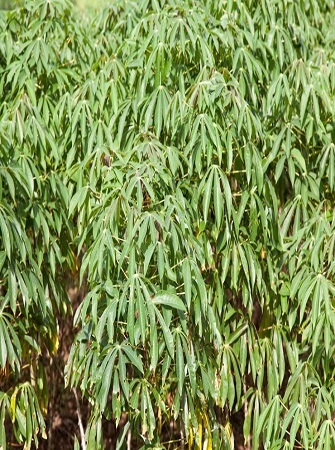
Sources of Minerals
Minerals help to regulate critical organ functions. Minerals can be gotten from table salt (sodium chloride), manufactured salts, bone meal, oyster shell, limestone, monocalcium phosphate, periwinkle shell meal, dicalcium phoshphate, mineral premix, salt lick
Sources of Vitamins
Vitamins prevent disease occurrence. They can be gotten from manufactured vitamins e.g. Vitamins A, D, E, K, B-complex and C, fish/cod liver oil, green leaves or leafy vegetables, yellow maize, palm oil, carrots, vitamin premix, milk, fish meal, cereal grains
Feed Formulation for Farm Animals
There is a greater challenge today to ensure proper feeding of farm animals than in the past. This is apparently due to a larger human population, more complex lifestyles bringing about diversified economy with attendant urbanization (animals are now kept in confinement). Animals have also been bred for increased growth production and environmental adaptation.
The best ration must be the most economical as measured by cost of feed and must meet the basic requirements of the animal and must be acceptable by the animal.
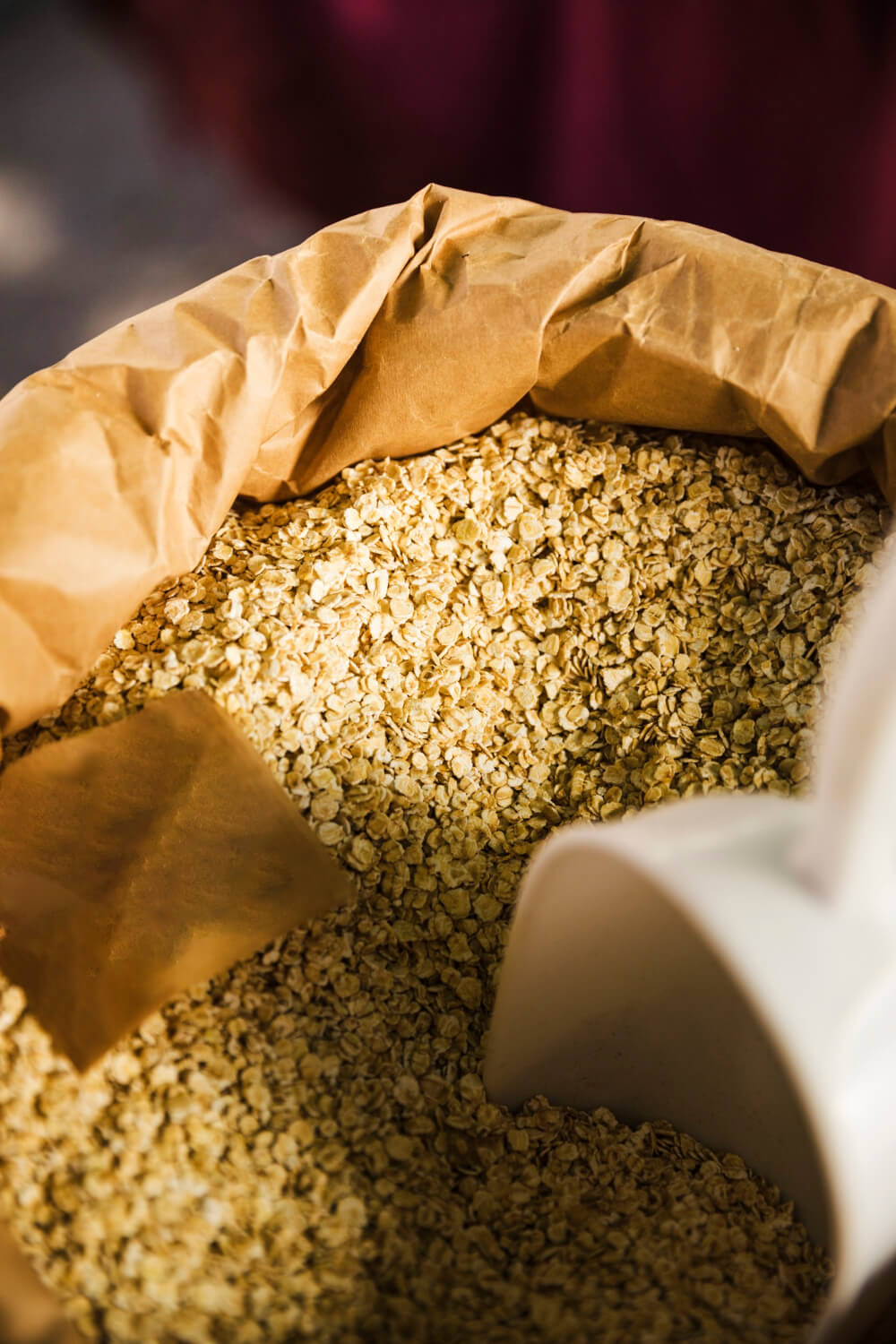
Animal feed formulation is a procedure by which the farmer combines different feed ingredients in a proportion necessary to provide the animal with proper amount of nutrients. The ration produced must be palatable to, and safe for the animal and cost effective for the farmer to make a reasonable profit.
The feed to be prepared for chicks are different from feed for growers or layers, while feed for heifers is also different from feed to maintain mature cows.
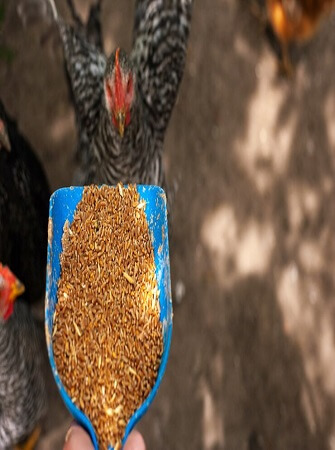
Again, feed for goat is different from feed for pig while gilt’s feed is different from a sow’s feed. The nutrient requirement of the animal must be taken into consideration when formulating feeds
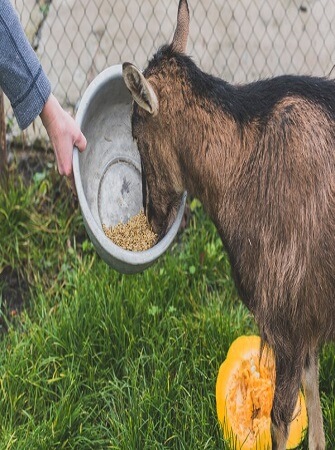
In formulating animal feed for farm animals, it is important to know two things:
- Nutrient contents of the ingredients
- Nutrient requirements of the farm animal in terms of breed, physiological status, age, production target and uses of the farm animal.
Nutrient Composition of Some Common Feed Ingredients
The table below shows common ingredients used in animal feed formulation and their nutrient compositions:
| Ingredient |
Dry Matter (%) |
Crude Protein (%) |
Metabolisable Energy (kcal/KG) |
Crude Fiber (%) |
Lysine (%) |
Methionine (%) |
Calcium (%) |
Phosphorus (%) |
| Maize | 89.0 | 9.0 | 3432 | 2.0 | 0.20 | 0.18 | 0.01 | 0.09 |
| Wheat bran | 89.0 | 16.0 | 1870 | 8.5 | 0.90 | 0.25 | 0.10 | 0.30 |
| Rice bran | 91.0 | 6.0 | 1319 | 36.6 | 0.16 | 0.06 | 0.17 | 0.49 |
| Cassava peel | 90.0 | 5.0 | 2423 | 9.5 | 0.48 | 0.31 | 0.20 | 0.20 |
| Soyabean cake | 89.0 | 45.0 | 2700 | 6.5 | 2.90 | 0.58 | 0.20 | 0.20 |
| Fish meal | NA | 65.0 | 2860 | 1.0 | 4.60 | 2.0 | 6.10 | 3.0 |
| Groundnut cake | 90.1 | 45.0 | 2540 | 5.0 | 1.60 | 0.48 | 0.20 | 0.20 |
| Palm kernel cake | 92.0 | 18.0 | 2175 | 12.0 | 0.64 | 0.39 | 0.20 | 0.16 |
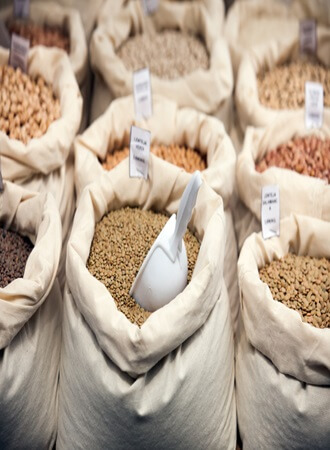
Nutritional Requirements of Common Farm Animals
Pullet Chickens
- 0 to 8 weeks: 20% Protein, 2640 kcal/KG, 6% Fiber, 1% Calcium, 0.5% Phosphorus
- 9 to 20 weeks: 15% to 16% Protein, 2600 kcal/KG, 6% Fiber, 0.8% Calcium, 0.5% Phosphorus
- Layers (20 weeks and above): 16% Protein, 2500 kcal/KG, 6% Fiber, 2.75% Calcium, 0.5% Phosphorus
Broilers
- Starter: 23% Protein, 3000 kcal/KG, 3% to 4% Fiber, 1% Calcium, 0.5% Phosphorus
- Finisher: 20% Protein, 3000 kcal/KG, 3% to 4% Fiber, 1% Calcium, 0.5% Phosphorus
Pigs
- Growers: 17% Protein, 3500 kcal/KG, 0.8% Calcium, 0.7% Phosphorus
- Breeders: 15% Protein, 3300 kcal/KG, 0.6% Calcium, 0.65% Phosphorus
- Lactating: 16% Protein, 3500 kcal/KG, 0.9% Calcium, 0.45% Phosphorus
Ruminants: 12% to 16% Protein, 2700 kcal/KG, 33% Fiber
Rabbits
- Growers: 16% Protein, 2400 kcal/KG, 14% Fiber, 0.4% Calcium, 0.3% Phosphorus
- Lactating: 18% Protein, 2500 kcal/KG, 12% Fiber, 1.1% Calcium, 0.8% Phosphorus
- Pregnant Doe: 16% Protein, 2400 kcal/KG, 14% Fiber, 0.8% Calcium, 0.5% Phosphorus
- Buck (resting): 13% Protein, 2100 kcal/KG, 33% Fiber
Even though farm animals have different nutrient requirements, it is often better to go a little beyond these recommended values on the account of different ingredient quality, climatic conditions and type of feeding program adopted on the farm. In addition, in case there is reduced feed intake, the animal will not suffer from nutrient deficiencies.
Factors to Consider in Animal Feed Formulation
- The physiological state of the animals
- Availability of feed
- Composition of the ingredients
- Laxative effect of the feed
- Age of the animal
- Species and type of the animal
- Cost of the feed
- Presence or absence of toxic factors
- Purpose of keeping the animal e.g. production
Characteristics of a Good Animal Feed for Farm Animals
- The formulated feed should be acceptable to encourage the animal to consume it
- The feed should be digestible so that nutrients are released for the animal to use
- The feed should be cost effective so that the farmer can profit
- The feed should be free from toxins
- The feed should have right texture
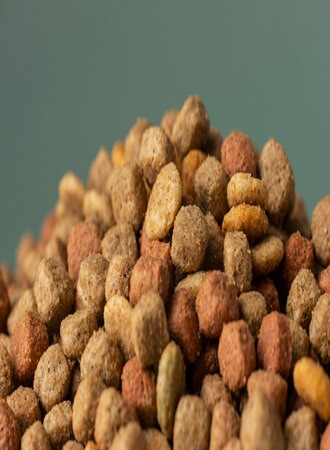
Methods of Formulation of Animal Feed Rations
Animal feed ration formulation is technical and involves a little knowledge of arithmetic.

There are several methods in formulating animal feed rations but only six methods will be discussed in this article
- Simple Pearson Square Method
This is relatively simple and easy to follow. It satisfies only one nutrient requirement and uses only two feed ingredient. Another limitation is that the level of nutrient being computed should be intermediate between the nutrient concentrations of the two feed ingredients being used
- Simultaneous Equation Method
This is an alternative method for the simple method using a simple algebraic equation. Here, a particular nutrient requirement is formulated by using two feed ingredients
- Double Pearson Square
This method solves two nutrient requirements using two different feed ingredients. One of the nutrients is first formulated followed by the other nutrient. A 2 x 2 matrix is set and a series of equations are done to come up with the solution to the problem
- Trial-and-Error Method
This is the most popular method of formulating ration for pigs and poultry. As the name implies, the formulation is manipulated until the nutrient requirements of the animals are met. This method makes possible the formulation of a ration that meets all the nutrient requirements of the animal. However, it is a clumsy method
- Linear Programming Method
This is a method of determining the least-cost combination of ingredients using a series of mathematical equations. There are many possible solutions to each series of equations, but when the factor of cost is supplied, there can only be one least combination
- Computer Method
A computer is capable of making thousands of calculations in a short time. However, the machine in incapable of correcting errors resulting from incorrect data and errors in setting up of the program. Therefore, the resultant rations obtained from linear programming will not be better than the information and values which are entered into the programming. Today, software exist to assist farmers in ration formulations
Calculating Ingredient Composition for Animal Feed Formulation
Let’s assume that a rabbit farmer wants to feed a ration with 17% crude protein. The farmer has cassava peels of 2% crude protein and groundnut cake of 40% crude protein.
If cassava peel is represented by X, while the groundnut cake is represented by Y
Then X + Y = 100…….equation I
But 2%X + 40%Y = 17
i.e. 0.02X + 0.4Y = 17……equation II
From equation I,
X + Y = 100,
X = 100 – Y ……equation III
Substituting for X in equation II
i.e. 0.02 (100- Y) + 0.4Y = 17
2-0.02Y + 0.4Y = 17
2 + 0.38Y = 17
0.38Y = 17 -2
0.38Y = 15
Y = 15/0.38
Y =39.47%
Since X + Y = 100, from equation I
Then X + 39.47 = 100
X = 60.53%
Hence X, i.e. cassava is 60.53% and Y, i.e. groundnut cake is 39.47%.
So for the farmers feed formulation to get 17% crude protein for his rabbits, he would combine 60.53% of cassava peels and 39.47% of groundnut cake.
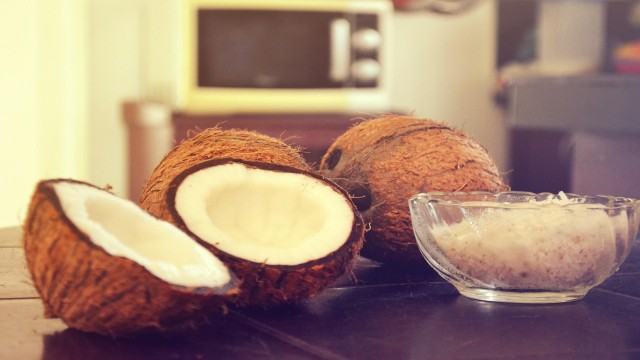
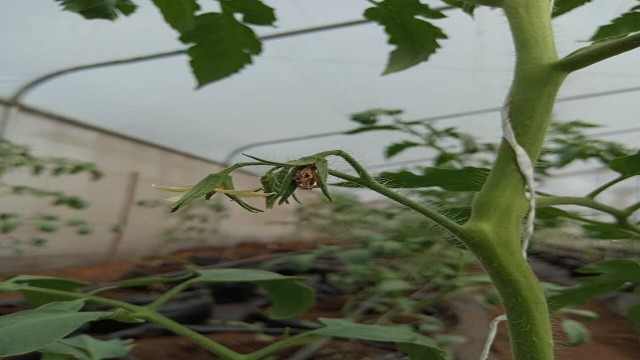
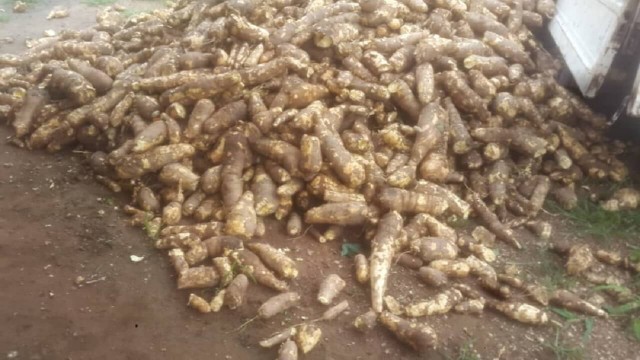
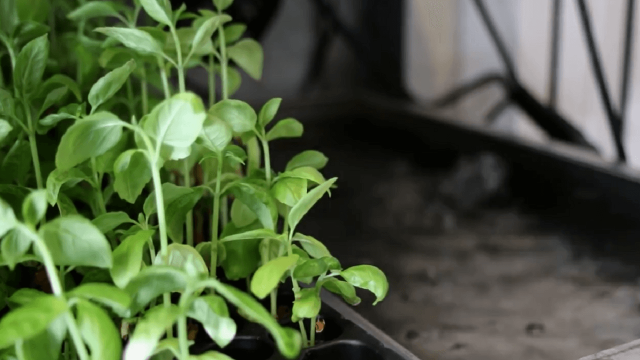
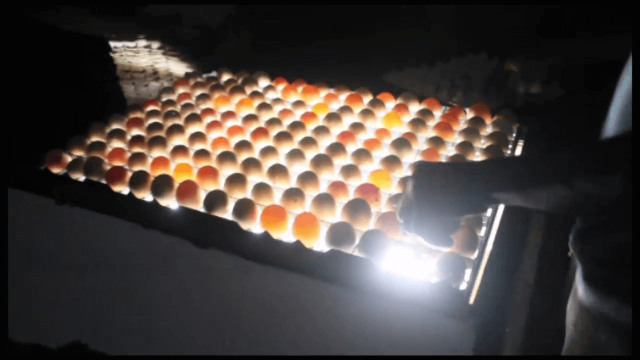
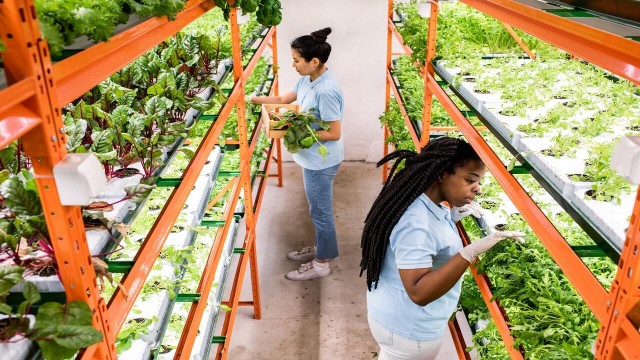


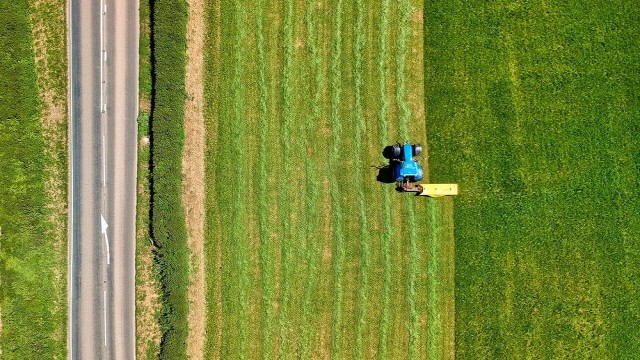


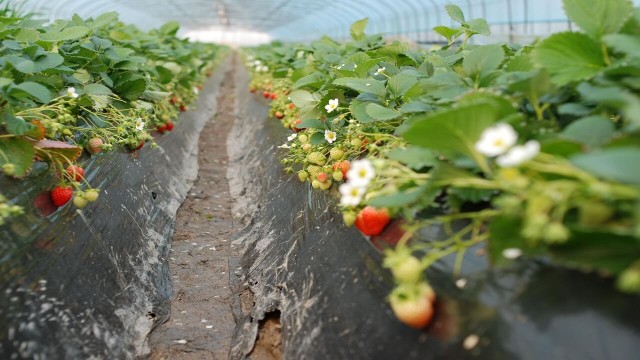
Share This Article: